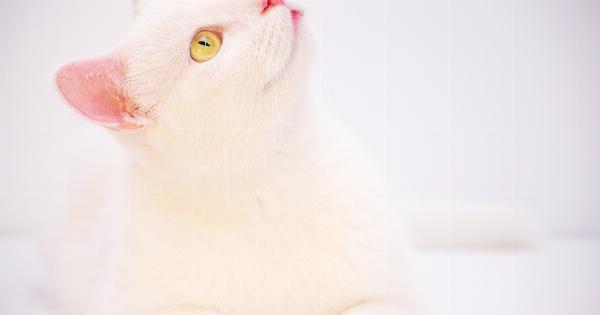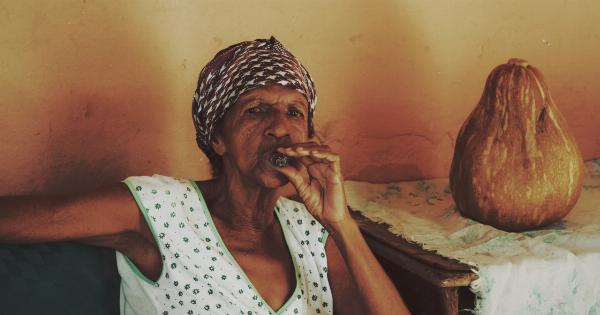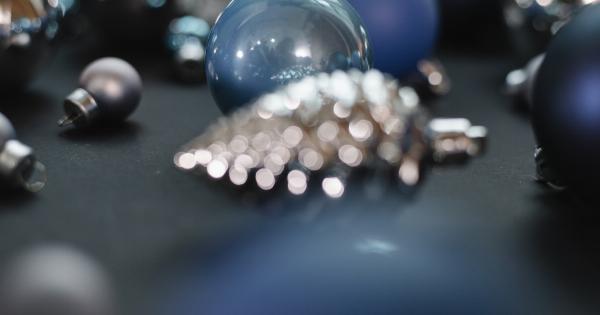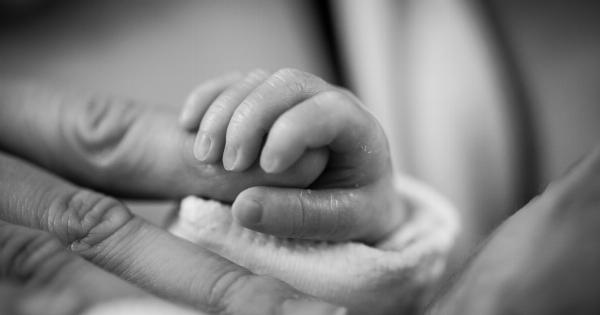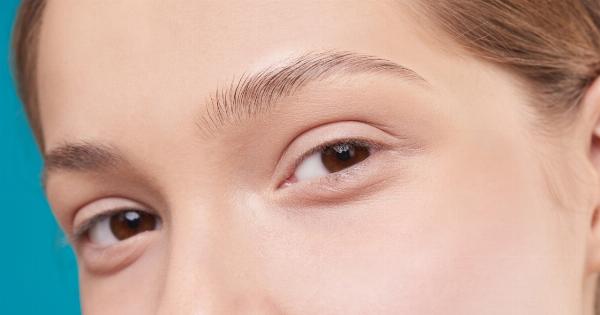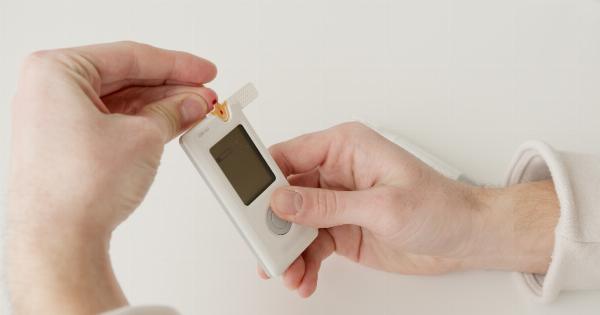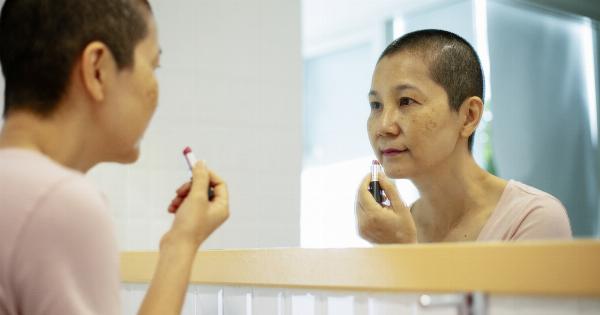When it comes to our skin, it’s crucial to pay attention to any changes, such as unusual growths or bumps. Sometimes, what may seem like a harmless pimple can turn out to be a deadly condition like nodular melanoma.
Nodular melanoma is a type of skin cancer that usually appears as a raised, dome-shaped lesion. It is essential to be aware of the signs and symptoms of this aggressive form of melanoma, as early detection and treatment can be life-saving.
What is Nodular Melanoma?
Nodular melanoma is a highly malignant form of skin cancer. Unlike other types of melanoma, it does not typically present as a flat or irregularly shaped mole.
Instead, nodular melanoma grows rapidly and progresses vertically into the dermis, the deeper layer of the skin. This aggressive behavior makes nodular melanoma the most dangerous subtype of melanoma, with a high potential for metastasis.
Signs and Symptoms
One of the challenges in identifying nodular melanoma is that it often resembles a harmless pimple. People might dismiss it as a blemish or an acne breakout, delaying diagnosis and treatment.
However, it’s crucial to distinguish between a pimple and nodular melanoma, as the latter can quickly spread to lymph nodes and other organs.
Here are some signs and symptoms that can help differentiate nodular melanoma from a pimple:.
1. Rapid Growth
Nodular melanoma grows rapidly, doubling in size within a few weeks or months. If you notice a sudden and significant increase in the size of a supposed pimple, it’s essential to seek medical attention for further evaluation.
2. Firm and Dome-shaped
Unlike a regular pimple, nodular melanoma often feels firm to the touch. It might have a raised, dome-shaped appearance, resembling a little lump on the skin.
This characteristic should raise concern, especially if it doesn’t go away or continues to grow.
3. Dark or Irregular Color
While some pimples may appear red or slightly discolored, nodular melanoma often exhibits darker colors, such as black, brown, or blue. It can also have uneven pigmentation, with different shades or colors within the lesion.
4. Bleeding or Crusting
A pimple typically does not bleed unless it is squeezed or excessively irritated. Conversely, nodular melanoma might bleed or develop a crust on the surface. This bleeding or crusting may occur spontaneously and should not be ignored.
5. Absence of Improvement
Most pimples will eventually resolve or show improvement with proper skincare and hygiene practices.
However, if a supposed pimple persists without any signs of improvement or keeps growing, it’s crucial to have it assessed by a dermatologist to rule out the possibility of nodular melanoma.
6. Itchiness or Pain
While a pimple can sometimes be tender or itchy, continuous discomfort or unusual pain associated with a skin lesion should be evaluated further. Nodular melanoma can cause itching, tenderness, or pain, especially as it progresses.
Diagnosis and Treatment
If you suspect that a pimple-like lesion on your skin might be nodular melanoma, it is imperative to consult a dermatologist promptly. Early diagnosis and treatment greatly increase the chances of successful outcomes.
The dermatologist will perform a thorough examination of the lesion, considering its shape, texture, color, and any associated symptoms. If nodular melanoma is suspected, a biopsy will be performed to confirm the diagnosis.
During a biopsy, a small sample of tissue is removed from the lesion and examined under a microscope by a pathologist.
Once nodular melanoma is diagnosed, the treatment plan will depend on the stage and extent of the cancer.
Treatment options may include surgical excision to remove the tumor, lymph node biopsy, radiation therapy, immunotherapy, targeted therapy, or a combination of these approaches.
Prevention and Early Detection
Prevention and early detection play crucial roles in combating nodular melanoma and reducing its mortality rate. Here are some preventive measures and early detection strategies:.
1. Sun Protection
Protecting your skin from harmful ultraviolet (UV) radiation is vital. Avoid direct sun exposure, especially during peak hours. Wear protective clothing, wide-brimmed hats, and sunglasses.
Apply a broad-spectrum sunscreen with an SPF of 30 or higher, even on cloudy days.
2. Regular Self-Examination
Perform regular self-examinations of your skin to monitor any changes or new moles or lesions. Pay attention to the ABCDEs of melanoma:.
- Asymmetry: One half of the mole or lesion is different from the other half.
- Border: The edges of the mole or lesion are irregular, blurred, or jagged.
- Color: The mole or lesion has uneven colors or multiple shades.
- Diameter: The mole or lesion is larger than 6 millimeters in diameter.
- Evolving: The mole or lesion is changing in size, shape, color, or symptoms.
If you notice any suspicious changes, make an appointment with a dermatologist for a professional evaluation.
3. Professional Skin Examinations
In addition to performing self-examinations, it is recommended to have regular professional skin examinations. A dermatologist can detect early signs of skin cancer that may go unnoticed during self-examinations.
Depending on individual risk factors, such as a personal or family history of melanoma, the frequency of these examinations may vary.
Conclusion
While a pimple is often a common and harmless skin condition, it is essential to remain vigilant about any changes on your skin.
Nodular melanoma can masquerade as a pimple, making it crucial to be aware of the signs and symptoms that distinguish between the two. Prompt diagnosis and treatment of nodular melanoma can significantly improve prognosis and increase the chances of successful outcomes.
By practicing sun protection, regular self-examinations, and professional skin evaluations, you can contribute to the prevention and early detection of deadly nodular melanoma.


